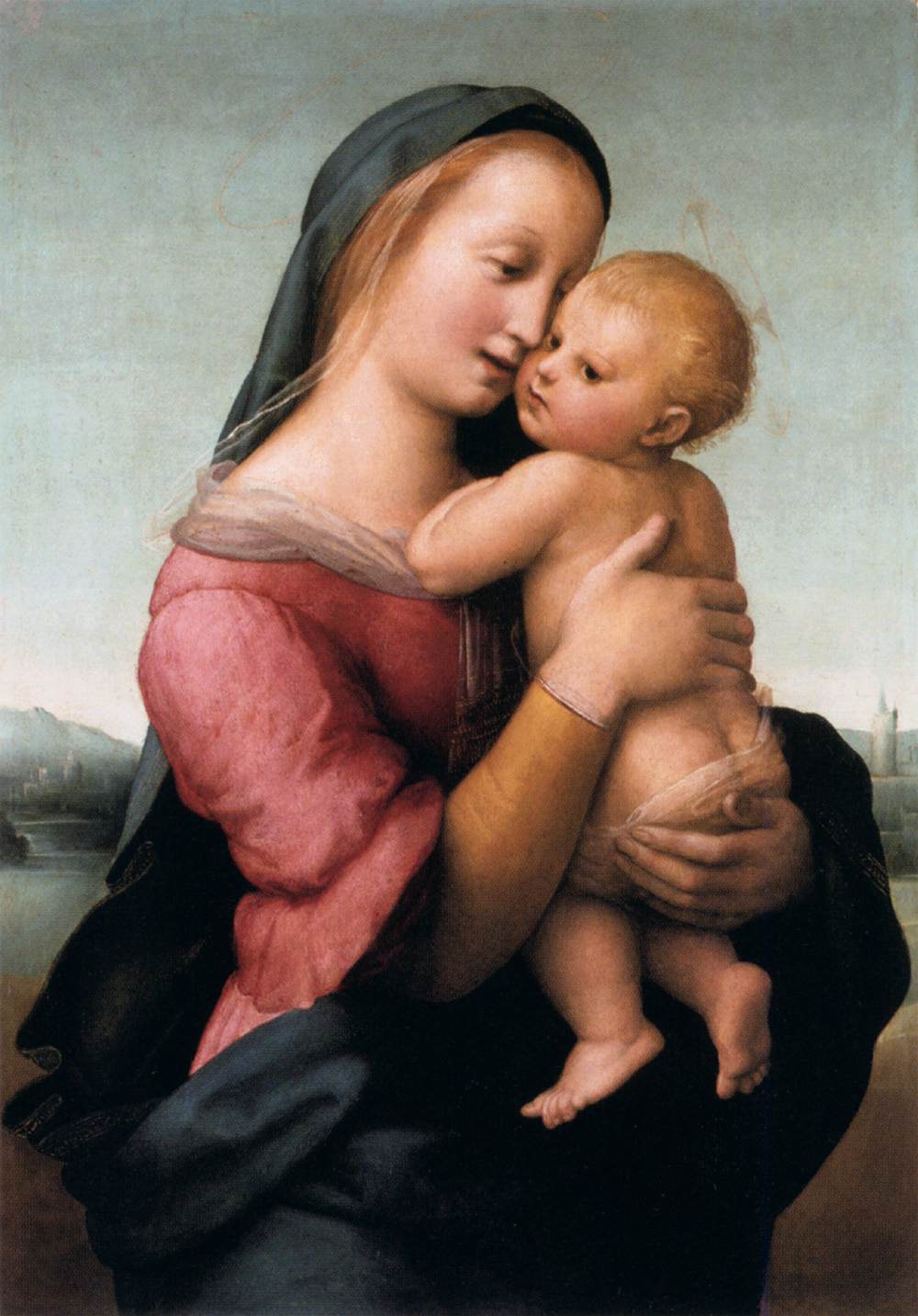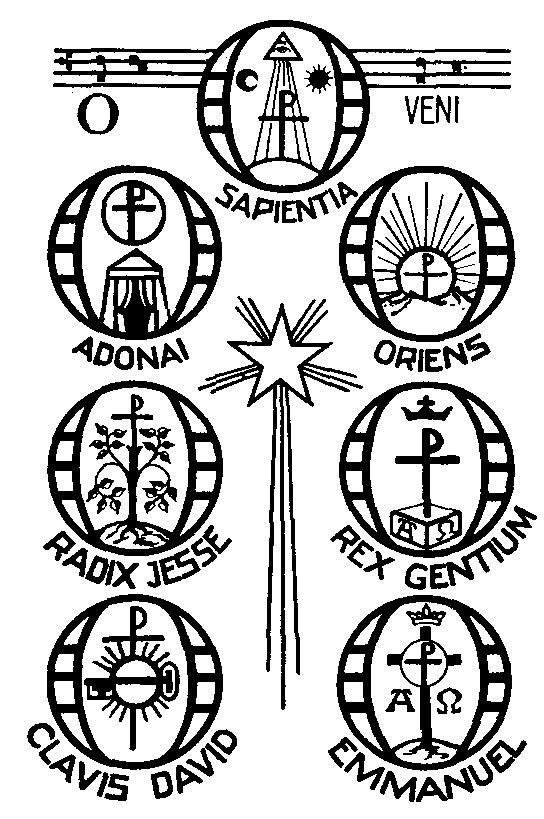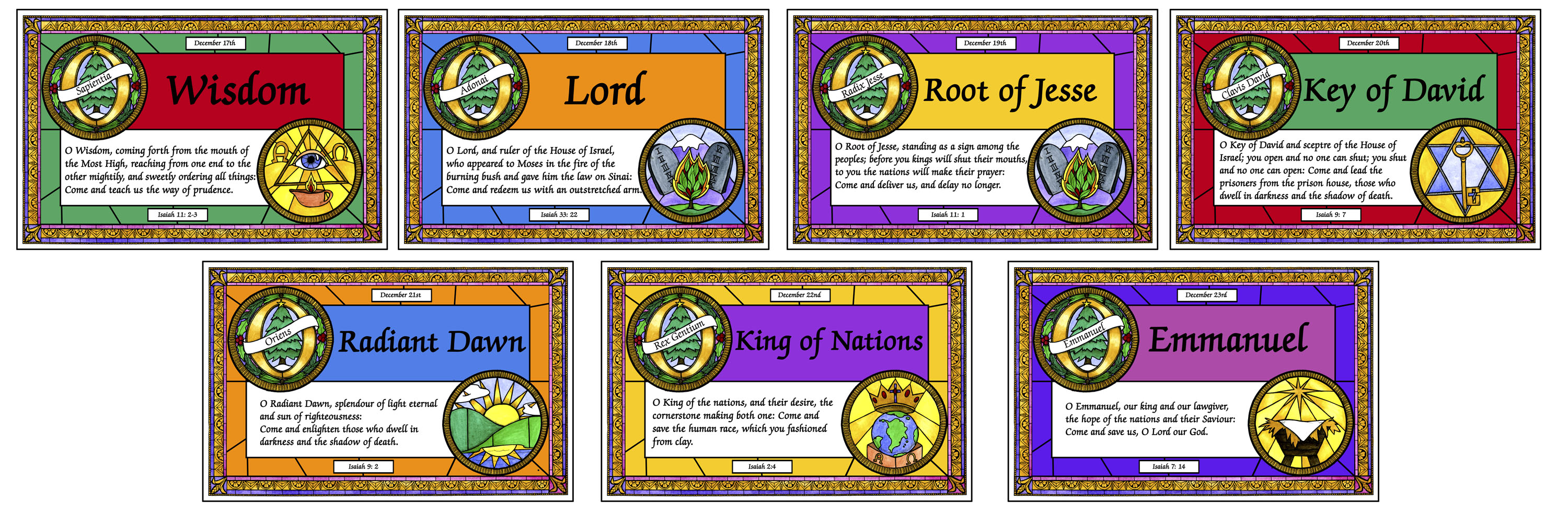In the Liturgy of the Hours, the Divine Office (the daily prayer of the Church), after Compline, the last prayers of the day, a Marian hymn is sung. I know the Dominican Salve Regina by heart. After the last note of this hymn is sung, holy silence is imposed, even when emptying dishwashers, as novices are, by holy obedience, required to do. It’s not all glamour. Trust me. ![]() Holy silence lasts until Lauds, which begins with “Lord, open my lips, and my mouth shall declare Your praise!”
Holy silence lasts until Lauds, which begins with “Lord, open my lips, and my mouth shall declare Your praise!”
When my parents came to visit, they joined us for Office. For the Marian hymn, every night we darkened the entire chapel with a single candle burning before a small white statue of the Blessed Mother for us to focus on as we chanted the Salve Regina. I remember when the lights came back on my parents’ eyes were as big a saucers. I tell myself it was the coming into the light which caused this. I tell myself.
The Alma Redemptoris Mater is one of the four primary Marian hymns sung after Compline. Hermannus Contractus (Herman the Cripple) (1013–1054) is said to have authored the hymn based on the writings of Ss. Fulgentius, Epiphanius, and Irenaeus of Lyon. It is mentioned in “The Prioress’s Tale “, one of Geoffrey Chaucer’s Canterbury Tales. Formerly, it was recited at compline only from the first Sunday in Advent until the Feast of the Purification (February 2).
Alma Redemptoris Mater, quae pervia caeli Porta manes, et stella maris, succurre cadenti, Surgere qui curat, populo: tu quae genuisti, Natura mirante, tuum sanctum Genitorem Virgo prius ac posterius, Gabrielis ab ore Sumens illud Ave, peccatorum miserere.
From the first Sunday of Advent until Christmas Eve:
V. Angelus Domini nuntiavit Mariae R. Et concepit de Spiritu Sancto.
Oremus Gratiam tuam quæsumus, Domine, mentibus nostris infunde; ut qui, angelo nuntiante, Christi Filii tui Incarnationem cognovimus, per passionem ejus et crucem, ad resurrectionis gloriam perducamur. Per eumdem Christum Dominum nostrum. Amen.
From First Vespers of Christmas until the Presentation:
From First Vespers of Christmas until the Presentation:
V. Post Partum Virgo inviolata permansisti. R. Dei Genitrix, intercede pro nobis.
Oremus Deus, qui salutis aeternae beatae Mariae virginitate foecunda humano generi praemia praestitisti: tribue, quaesumus, ut ipsam pro nobis intercedere sentiamus, per quam meruimus, Auctorem vitae suscipere Dominum nostrum Jesum Christum Filium tuum. Amen.
Loving Mother of our Savior, hear thou thy people’s cry Star of the deep and Portal of the sky! Mother of Him Who thee from nothing made. Sinking we strive and call to thee for aid: Oh, by what joy which Gabriel brought to thee, thou Virgin first and last, let us thy mercy see.
From the first Sunday of Advent until Christmas Eve:
V. The Angel of the Lord declared unto Mary R. And she conceived by the Holy Ghost.
Let us pray. Pour forth we beseech Thee, O Lord, Thy grace into our hearts, that we to whom the Incarnation of Christ, Thy Son, was made known by the message of an angel, may, by His passion and cross, be brought to the glory of His Resurrection; through the same Christ, our Lord. Amen.
From First Vespers of Christmas until the Presentation:
V. After childbirth, O Virgin, thou didst remain inviolate. R. O Mother of God, plead for us.
Let us pray. O God, Who by the fruitful virginity of blessed Mary, hast given to mankind the rewards of eternal salvation: grant, we beseech You, that we may experience her intercession for us, by whom we deserved to receive the Author of life, our Lord Jesus Christ, Your Son. Amen.
Listen:
Wyoming Catholic College choir does beautiful renditions of this hymn.
Male & female choir with deep baritone and bass male voices, up-tempo, and the joyful zeal of youth. VERY worth the five bucks if you are looking to beef up your Christmas music collection. Trust me. I have it on my iPhone with all my other weirdo MPM music.

-Madonna Tempi, by Raffaello Sanzio (1483–1520), 1508, Oil on wood, 75 × 51 cm (29.5 × 20.1 in), Alte Pinakothek
Love,
Matthew


